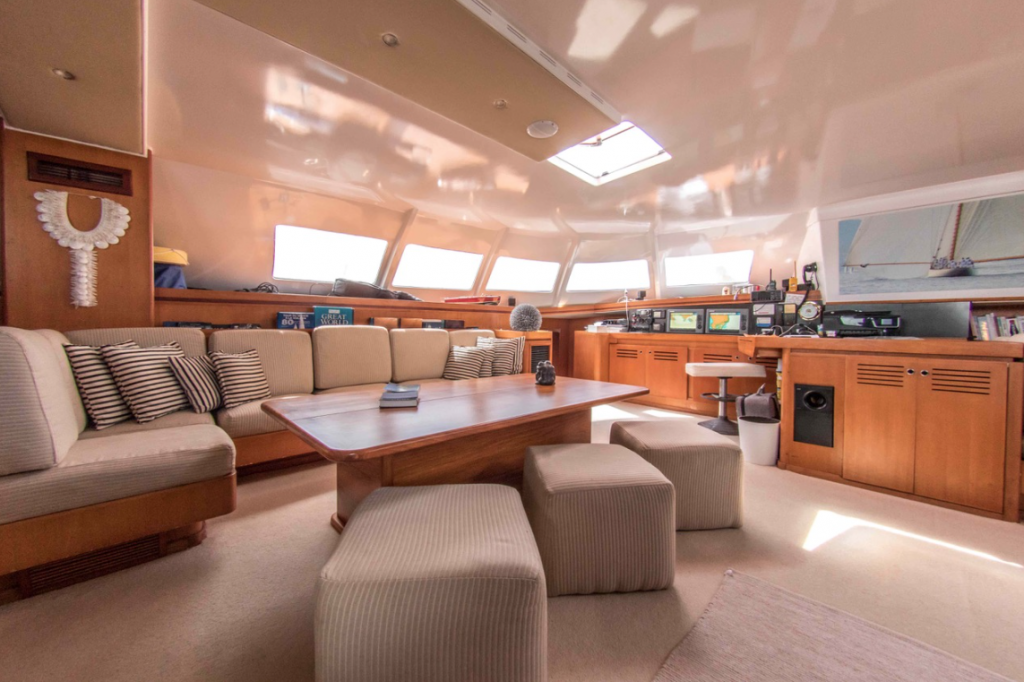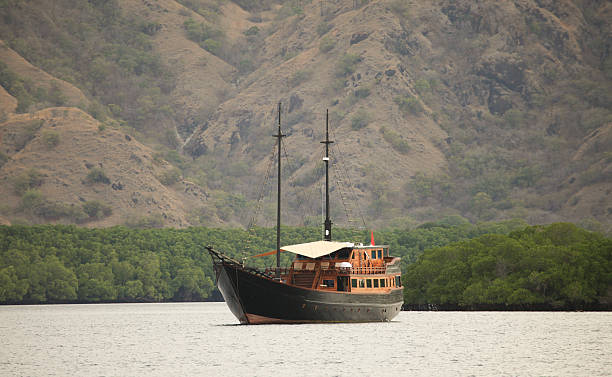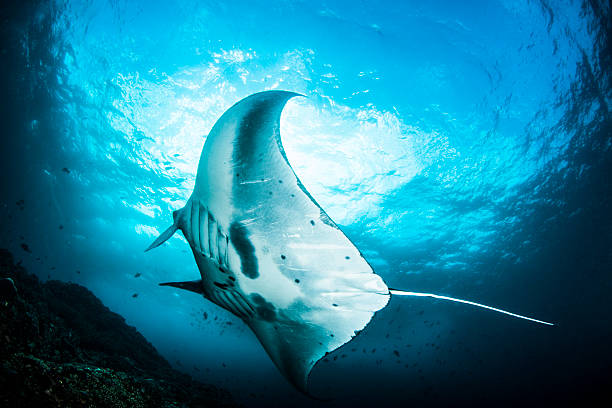While it is famous for its resident Komodo Dragons, visitors come to see the magical underwater life that surrounds the Komodo Islands. And what better way to explore this diving paradise than on a Komodo diving liveaboard? However, the costs for these Komodo liveaboard budget frequently exceed backpacker budgets. So, is it truly worthwhile?

Komodo liveaboard budget – explore diving spot
The Komodo Islands are breathtaking! From snorkelers to divers, young and old, the Komodo Islands are yours to discover, and nothing beats the natural beauty and unspoiled islands that comprise Komodo National Park.
It’s a scuba diver’s paradise with over 30 dive sites to choose from. Day tours leave from the port town of Labuan Bajo on the Indonesian island of Flores to visit these sites spread throughout the vast park.
Best time diving Komodo
Divers can see manta rays, sharks, eels, and turtles in the Komodo Islands.
December to March: The rainy season between December and March is the best time to avoid diving the Komodo Islands. The rainy season is brutal, with heavy rains almost every day. There are still day tours and Komodo diving liveaboards available during this time, but they will be unpleasant. Manta rays are most active during the wet season!
April to June: Following the rainy season, this is one of the best times to dive in Komodo National Park, with warm sunny days, clear skies, excellent visibility, and lush green islands.
There will be fewer crowds and more underwater activity from September to November! Expect to see a lot of Mantas and possibly even whale sharks starting in September. The conditions are perfect, making this one of the best times to dive in the Komodo Islands.
Komodo diving liveaboard

A diving liveaboard is the best way to experience the underwater world of Komodo. Being on a diving liveaboard allows you to visit popular sites during quieter times of the day or when the conditions are ideal.
Komodo diving currents
Komodo diving currents are well-known for being unpredictable and powerful. Don’t be put off by the strong currents if you want to dive Komodo. If you’re still new to diving, just expect to expend more energy than usual and to be more cautious when descending.
An Open Water diving certification is the minimum requirement. This will enable you to complete all dives and maximize your Komodo liveaboard experience.
It is critical to select a reputable dive operator with dive masters on hand to assist and guide you if any problems arise.
Scuba diving Komodo spots
When you compare sites as bright and vibrant as Komodo National Park to others around the world, you will truly understand the effects of climate change.

Cyrstal Rock
Even at 8 a.m., Crystal Rock is a popular destination.
Despite a large number of divers, this was one of my favorite Komodo dive sites because I saw incredible blacktip reef sharks, grouper, moray eels, and long-finned batfish.
Cauldron
Get ready for a fast-paced drift dive. It’s no surprise that this world-class site is popular among all divers. Manta rays, eagle rays, moray eels, and white tip reef sharks can all be seen. This Komodo dive site is not to be missed.
Batu Bolong
Batu Bolong is the most visited dive site in Komodo National Park. Swimming around Batu Bolong feels like swimming in an aquarium because you’re surrounded by schools of fish the entire time.
Manta Point
Manta Point does not have the brightly colored coral that the other Komodo diving sites are known for, but it does have manta rays!